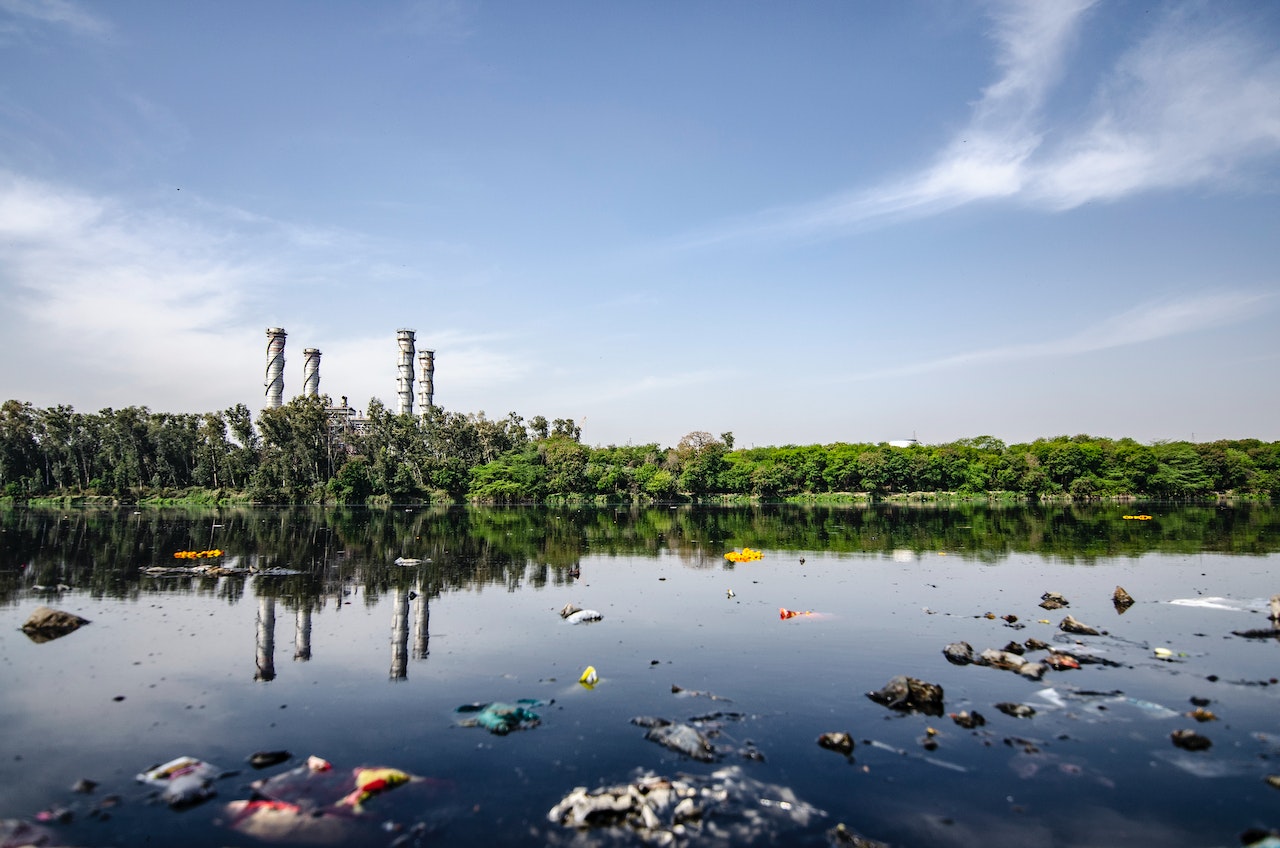How Waste Can Be Harmful For Our Health?

For quite a while, human waste generation has been harmful to the surroundings. Because of our excessive trash production, we are unable to manage it correctly. Our oceans and dumpsites are full of waste which is not biodegradable and can be correctly reprocessed. Let’s use plastic waste as an illustration. Only 9% of the 6.3 billion metric tonnes of plastic waste that have been generated have been reprocessed, according to a recent survey. When taken as a whole, waste production harms the surroundings in some manners, including our public health, wildlife, and natural habitat. It also contributes to the escalating climate problem, so it is best to hire a skip service to get rid of such rubbish, for example, Mini skip hire Ashton Under Lyne.
Changing Climate
It’s alarming how we discard waste. What’s even worse is that it seems like waste disposal has become much more worried just in this decade. What we haven’t done is put the concepts into practice that we think would then enable us to adapt to or combat climate change. Take the release of methane gas from landfills as an example. Further research revealed that open landfills account for 91% of all landfill methane leaks. Huge, open trash piles which are burned around the globe release hazardous amounts of carbon dioxide, a greenhouse gas that’s also warming our globe. According to studies, about 40% of the World’s trash is burned in this way, posing significant dangers to both our environment and also the residents who live close to these burning sites.
Wildlife
Ecosystems differ significantly from one place to another. Nevertheless, our aquatic species and rivers and streams are directly impacted by one of the most significant effects of the World’s waste issue. In simple terms, it has an impact on those whose livelihoods rely on the ocean. They are unable to differentiate between food and non-food items. As a consequence of the aquatic animal’s inability to execute the garbage, they die after consuming it. As plastic fractions have been discovered in over a thousand organisms, this affects fish, seals, turtles, whales, and several other aquatic species. Starvation is frequently the next move after ingesting trash or plastics since some organisms will not have enough stomach acid to dissolve the object they ingest. Although some animals do, it has been reported that plastic fragments can last 100 years. Whenever it comes to wildlife, our waste issue is seriously harming the wellbeing of the species around the World.
Community Health
We are putting human lives at risk by doing nothing. We continue to generate a lot of garbage and improperly dispose of it, which would then ultimately be to our detriment as well as that of the surroundings and also the wildlife in the ecosystems that we all discuss. With the way we handle our World, we cannot prevent or encourage durability. Long-term effects result from the increased emissions we create as a result of the amount of trash we generate. Asthma, birth defects, cancer, heart disease, early liver cancer, COPD, contagious diseases, low birth weight, and preterm delivery are just a few of the illnesses that can strike. The issue that trash creates could also be exacerbated by bacteria, vermin, and insects.
Hazardous Waste Impact on Human Wellbeing
It is well known that exposure to dangerous waste impact could seriously harm a person’s wellbeing. As would be anticipated, those in our community who are at more risk from such toxins are also those who are most susceptible. Depending on the sort of hazardous materials and how it infiltrates the body, different hazardous wastes will have different impacts on human health. Some toxic substances penetrate the skin rapidly, while others don’t at all. The foregoing are some ways that hazardous waste can harm the body both immediately and over time, according to specialists:
- Irritation of the skin and eyes
- Toxic burns
- Having trouble breathing
- Headaches
- Nausea
- Adverse behavioural conditions
- Cancer
- Genetic changes
- Physiological problems (kidney failure, reproductive impairment)
- Bodily distortions
- Birth flaws
How to Get Rid Of Hazardous Materials Securely?
Toxic waste disposal is more complicated than it might first appear. Even with the right intentions, businesses are prone to errors that cause substantial harm. This issue doesn’t have a universally applicable solution. Different approaches must be taken to handle and get rid of each type of dangerous trash. It makes perfect sense to seek professional help and perspective when there is so much at risk. Total waste management remedies are provided by companies which will inevitably save you money and effort while giving you the assurance that your toxic material is gotten rid of safely, adequately, and legally.
Final Words:
We must assume accountability for waste disposal because we both gain and lose greatly from it. No matter how socially or economically disadvantaged a community may be, education and information must always be prevalent as long as life is present on the globe. A hurricane could be sparked by a butterfly flapping its wings 900 miles away from where you are.